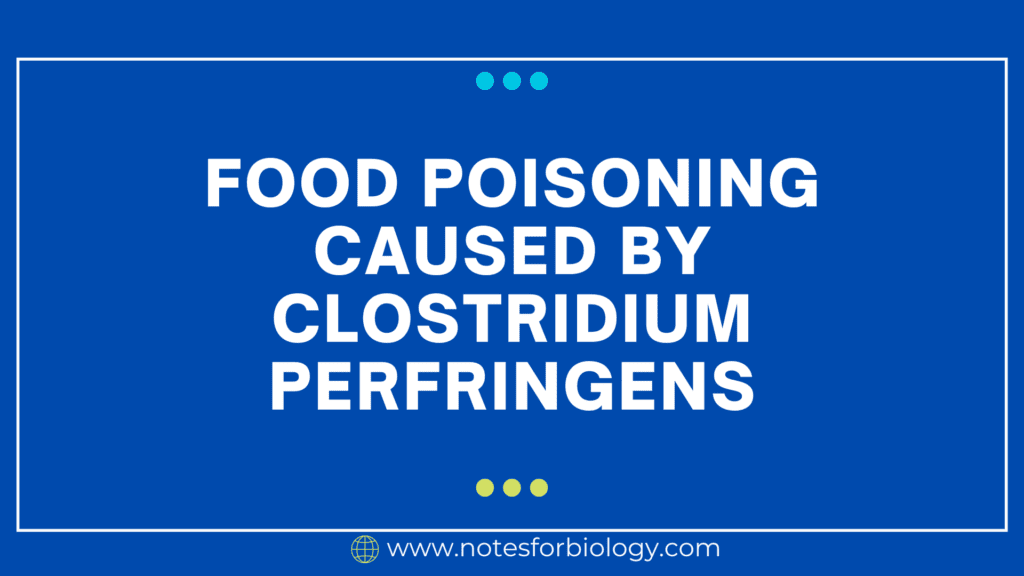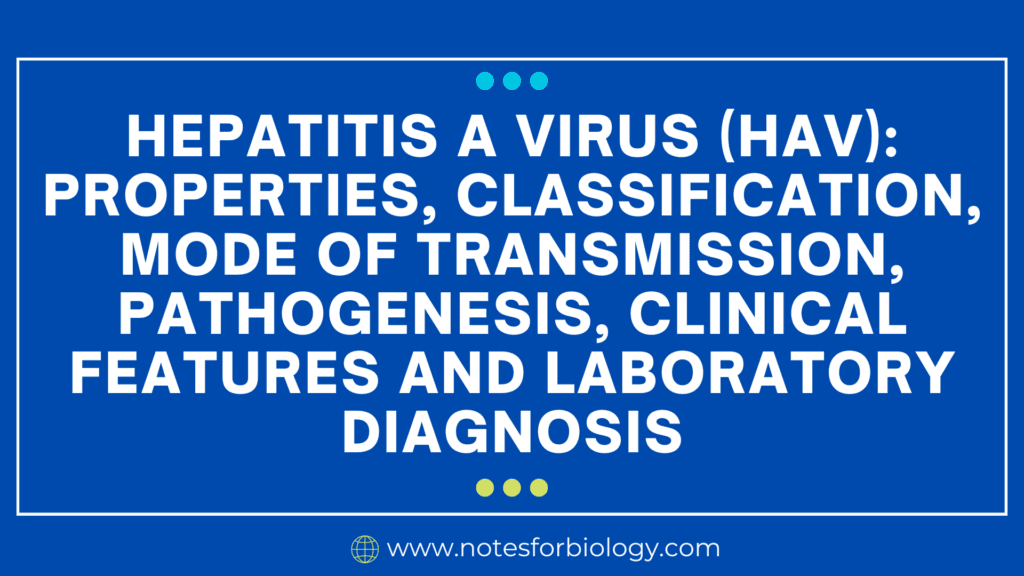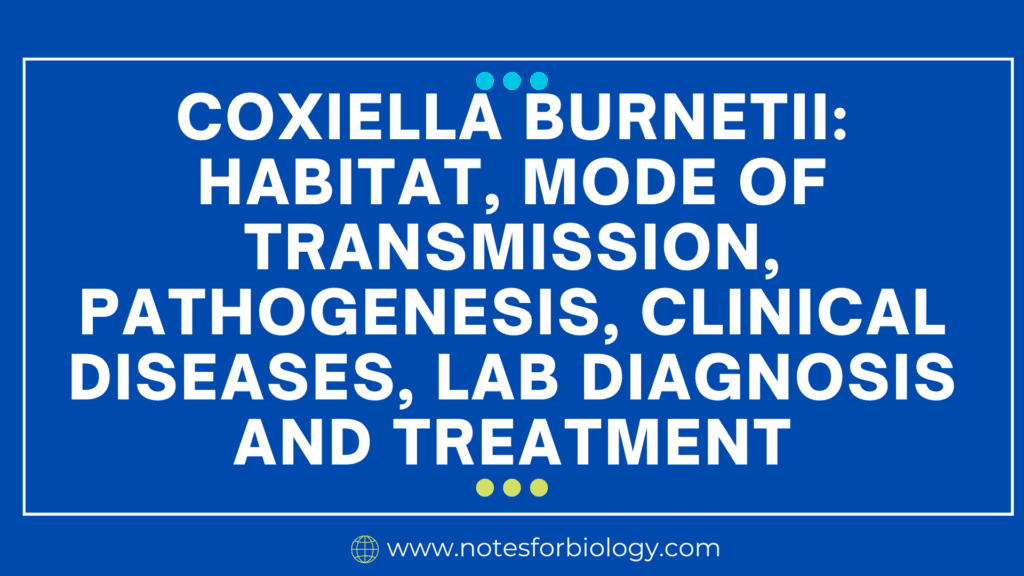Food poisoning is an illness caused by ingesting contaminated foods or beverages. It is also referred to as foodborne illness. Bacteria, viruses, parasites, and poisons are all potential sources of contamination.
Table of Contents
Clostridium perfringens
Clostridium perfringens is a bacterium that is often found in the environment, such as soil, water, and human and animal intestines. It is also a prevalent source of foodborne illness, especially when food has been carelessly handled or kept. Clostridium perfringens is a spore-forming, anaerobic bacterium commonly found in the environment and in the intestines of humans and animals, known for causing food poisoning through the production of toxins when contaminated food is ingested.
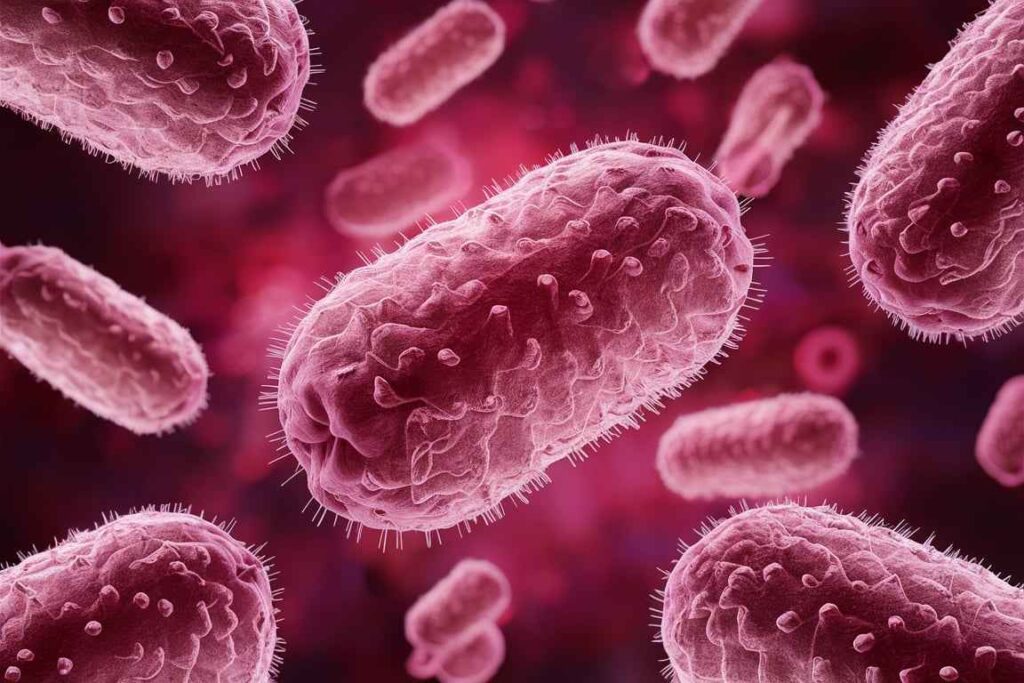
Food poisoning is an ailment that results from ingesting contaminated food or beverages. It is caused by the intake of dangerous microbes such bacteria, viruses, parasites, or their toxins. These pollutants may be present in food owing to inappropriate handling, preparation, storage, or cooking.
Pathogenesis
Clostridium perfringens food poisoning is typically caused by ingesting a significant number of the germs. These bacteria create spores that can withstand cooking temperatures. If food is left at room temperature for an extended amount of time, spores germinate and bacteria grow. When contaminated food is ingested, germs release poisons into the intestines, causing disease.
- Clostridium perfringens spores contaminate food, most commonly by contact with soil, dust, or feces.
- The spores can withstand frying temperatures. If prepared food is not properly preserved and left at room temperature, the spores can germinate and form active bacterial cells.
- Bacterial Growth: Bacteria proliferate rapidly in a growth-promoting environment (often warm temperatures ranging from 20°C to 50°C). Foods such as meat, poultry, gravies, and pre-cooked foods are especially vulnerable.
- Toxin Production: When infected food is consumed, Clostridium perfringens bacteria enter the intestines and create and release toxins, including Clostridium perfringens enterotoxin.
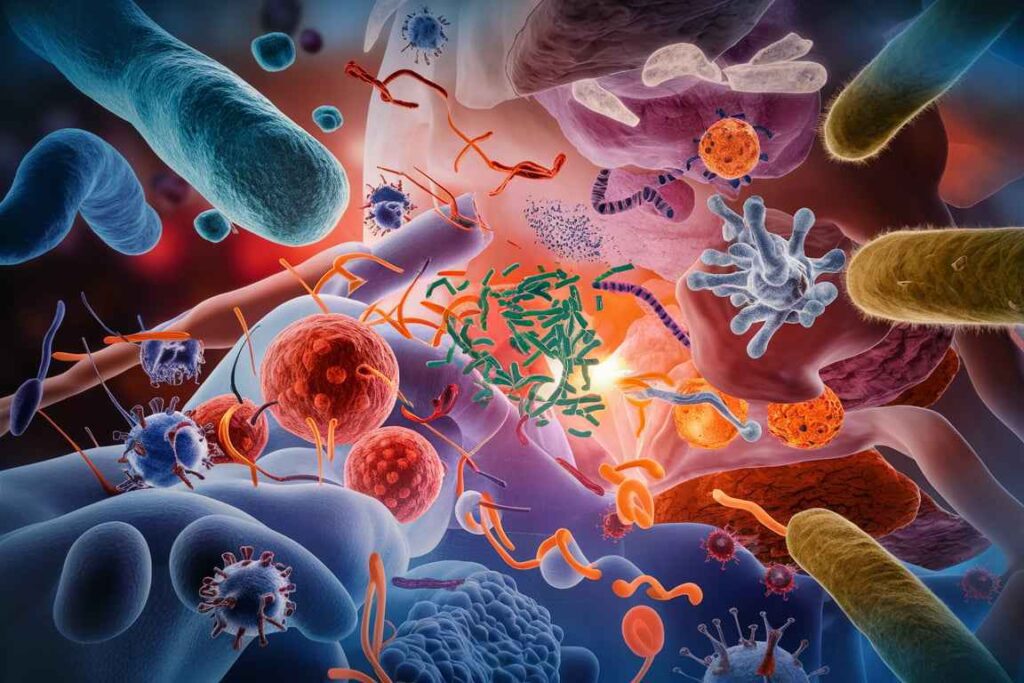
Common Sources:
Meat and poultry: The most prevalent sources are beef, poultry, gravies, and dried or precooked foods.
Temperature abuse: Foods prepared in big amounts and kept warm for an extended period of time before serving are especially dangerous.
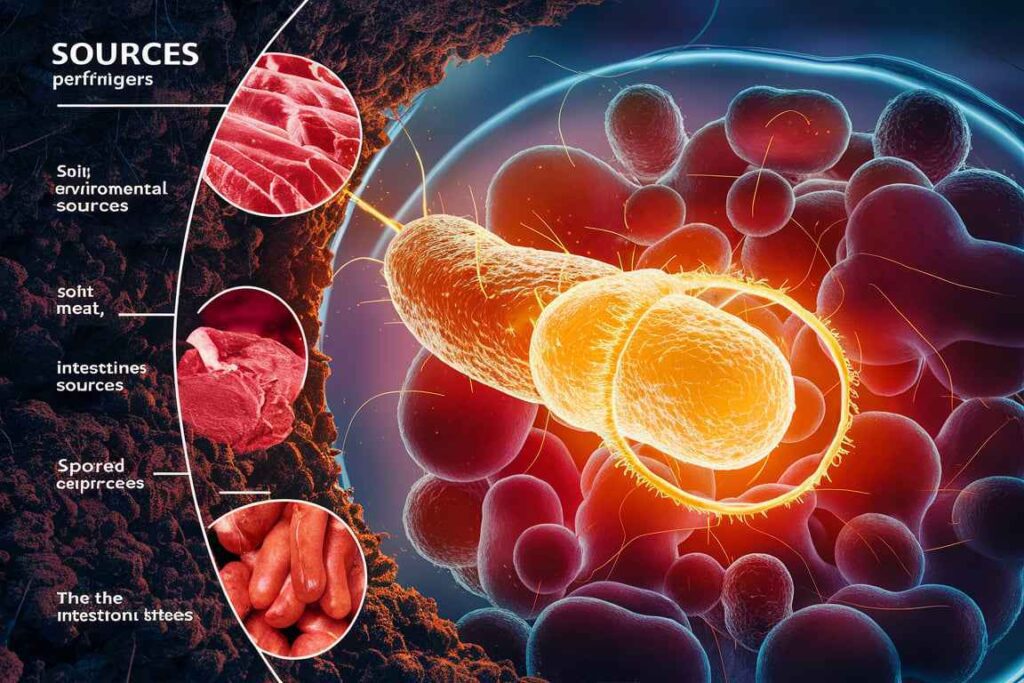
Symptoms
Clostridium perfringens food poisoning symptoms often appear 6 to 24 hours after consuming infected food and may include:
- Abdominal pain and cramps
- Symptoms may include diarrhea and nausea (but vomiting is uncommon).
Symptoms usually last 24 hours, but they can linger up to two weeks in severe cases or in sensitive populations like the elderly or immunocompromised people.
Diagnosis
Clinical symptoms and the patient’s food consumption history are commonly used to make a diagnosis. Confirmation can be provided by:
- Detecting Clostridium perfringens in stool samples.
- Identifying toxins in stool samples.
Treatment
Treatment is often supportive and includes:
- Hydration: Keeping the patient hydrated to replenish fluids lost during diarrhea.
- Resting: Allowing the gastrointestinal tract to recuperate.
- Drugs: Antidiarrheal drugs may be prescribed in some situations, but antibiotics are rarely required because the sickness is self-limited.
Prevention
Proper food handling and storage are essential for preventing Clostridium perfringens food poisoning.
- Cook the food fully, ensuring that all pieces reach a safe internal temperature.
- Hot holding: Keep cooked food at temperatures over 140°F (60°C).
- Refrigerate leftovers immediately, ideally within 2 hours of cooking.
- Reheating: To eliminate bacteria, reheat food until it reaches at least 165°F (74°C).
Frequently Asked Question
Define Clostridium perfringens.
Clostridium perfringens is a bacterium that is often found in the environment, such as soil, water, and human and animal intestines. It is also a prevalent source of foodborne illness, especially when food has been carelessly handled or kept.
What is food poisoning?
Food poisoning is an ailment that results from ingesting contaminated food or beverages. It is caused by the intake of dangerous microbes such bacteria, viruses, parasites, or their toxins. These pollutants may be present in food owing to inappropriate handling, preparation, storage, or cooking.
Related Article

